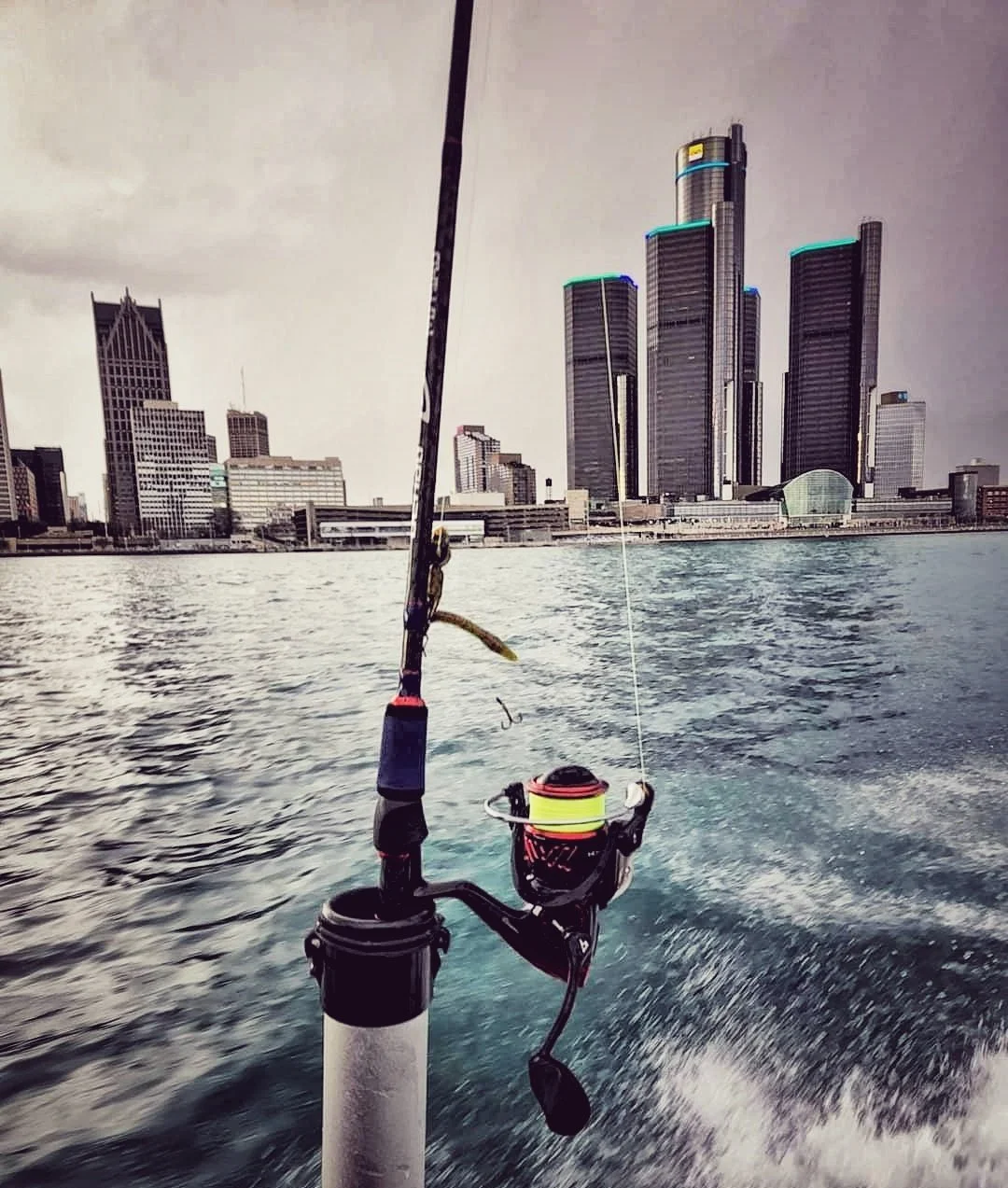Gear you need for vertical jigging the Detroit River
The Detroit River is widely recognized as one of the top destinations for walleye fishing in the United States, particularly during the spring season. Although there are numerous presentation methods that can be effective, vertical jigging with heavy jigs weighing 3/4 and 1 ounce is the most commonly used. This is because the river's heavy currents, the fact that walleye prefer deeper water, and the fish's widespread distribution make vertical jigging the most viable option. However, it is important to have the appropriate gear to execute this technique effectively. Here are some tips on how to "gear up" for vertical jigging:
Rod - I have experimented with various rod lengths and actions over the years, and I am confident that a short, stiff rod is the best choice for vertical jigging. I prefer rods that are 5'6" in length, as they allow for greater control over the line, making it easier to ensure that the jig is completely vertical. Stiff rods are essential for detecting subtle bites from walleye, whether the jig is being lifted or dropped (never on a slack line!). When selecting a rod, look for one with the most guides to aid in fighting larger fish. Avoid cork handles, as they can deaden the vibrations up the rod blank. My top choice is a rod series developed by Captain Lance Valentine known as the "Teachin Fishin Signature Series," produced by Denali Rods which includes a 5'6" medium-heavy rod with an extra-fast tip, nine guides, and a short rubber foregrip for sensitivity and comfort. You can pick these rods up directly from Lance over at Teachin Fishin.
Reels - Select a reel that complements the rod you've chosen. When testing, make sure the rod tip is pointing downward at a 45-degree angle when held just forward of the reel. Ensure that the reel has a sufficiently large spool to prevent line from coming off in coils. I prefer size 2000 reels, and my favorite is the Piscifun CarbonX 2000. You can partially fill the spool with old mono line, leaving enough space for a hundred or so feet of braided line.
Line - Thin, no-stretch line is essential for detecting subtle strikes when vertical jigging. It is critical to use brightly colored Hi-Viz line (such as yellow, green, or orange) to be able to see the line under the surface and confirm that the jig is vertical. It also makes it easier to see slight "ticks" on the line. I prefer Power Pro braid in 10lb test and always tie directly to the jig using a Palomar knot without using a leader.
Jigs - Heavier jigs work best on the Detroit River. Heavier jigs allow better feel when contacting bottom, fall quicker staying in front of the fish longer and produce more noise when “thumping” bottom. My preferred choice is the new Lance Valentine Master Series river jigs in a 1oz weight.
Vertical jigging is a highly specialized technique that necessitates the use of appropriate equipment. By following the tips above and selecting the right gear, you can increase your catch rate and make the most of your time fishing in the Detroit River.
If you’re interested in learning more with hands on experience, booking a charter on the river is a great way to expedite that process. I’d be happy to help you out - https://www.reelfishn.llc/book-a-trip

